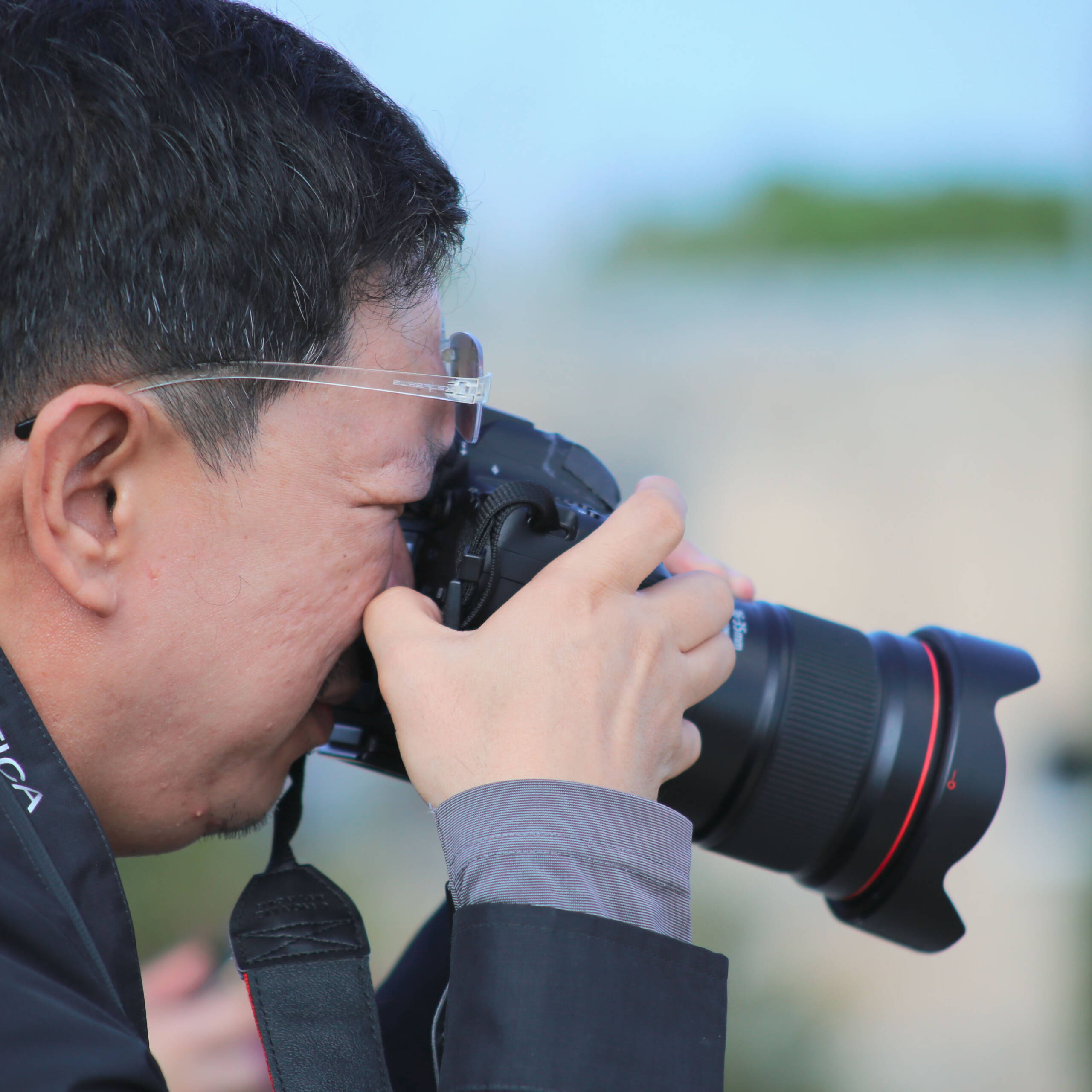Crafting a photo press release is more than just attaching an image to a press note. It’s a delicate balance of storytelling and visual impact, an art that draws attention to your message while encapsulating its essence in a single frame. In the crowded digital media space, a compelling photo press release can cut through the noise, capturing the interest of editors and audiences alike.

At its core, a photo press release hinges on selecting an image that not only complements but also enhances the written narrative. A well-composed photograph speaks louder than paragraphs of text, adding an emotional dimension to the story. For instance, a press release announcing a community event might feature a vibrant image of people engaged in activity—laughter, movement, and connection frozen in time. This photograph becomes the focal point, drawing viewers into the story even before they read a single word.
Lighting, composition, and subject matter are the trinity of any successful press release image. Strong lighting directs the viewer’s gaze, while a purposeful composition ensures every element in the frame serves a role in telling the story. Take, for example, a product launch: a sharp focus on the product with soft, blurred background elements creates an air of sophistication, making the image feel intentional and editorial. Meanwhile, the subject of the image—be it a person, place, or object—should resonate with the theme of the press release, avoiding generic or overly staged aesthetics that dilute authenticity.
In today’s media landscape, the format of a press release has evolved alongside the platforms it serves. Social media outlets demand images formatted for quick consumption, often requiring a square or vertical orientation, while traditional publications might prefer high-resolution, horizontal shots. Understanding the intended audience and platform is crucial. The same photo might appear cropped differently for a print magazine spread and as a thumbnail in an online news portal. A versatile image that maintains its visual impact across formats is a valuable asset.
Editing plays a critical role in refining the final output. Subtle adjustments to exposure, contrast, and color balance can elevate a photo without detracting from its authenticity. Over-editing, however, can be detrimental, as it risks making the image look artificial and less credible—qualities that journalists and editors typically avoid. The goal is to enhance the image so that it appears as sharp, vibrant, and natural as possible while staying true to the story.
A final touch is to ensure the photo has the proper metadata, including captions, credits, and keywords. These details make the image more accessible to media outlets, increasing its chances of publication. A succinct caption, for example, not only provides context but also offers journalists ready-made material to incorporate into their reporting. Including the photographer’s name and usage rights ensures the ethical handling of the image and establishes professionalism.
Ultimately, a photo press release isn’t just about sharing information; it’s about inviting the audience into an experience. It’s the difference between reading about a new gallery opening and feeling like you’re standing there, surrounded by art and conversation. The best photo press releases go beyond news—they create a moment worth pausing for, a story worth sharing, and a vision that lingers long after the page is turned or the screen is swiped.
Leave a Reply